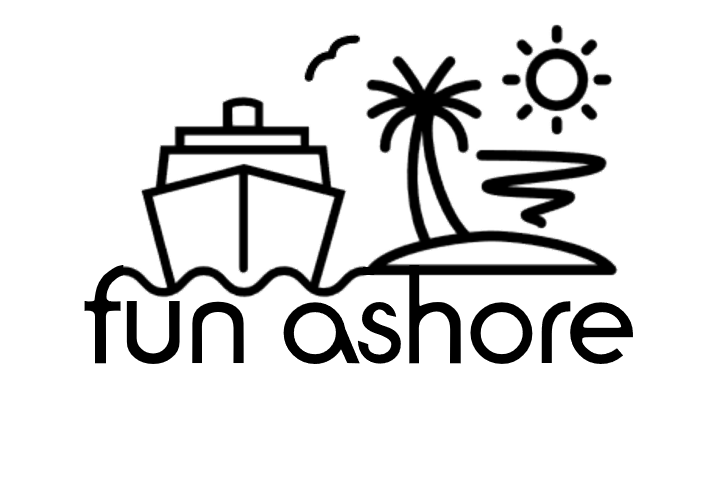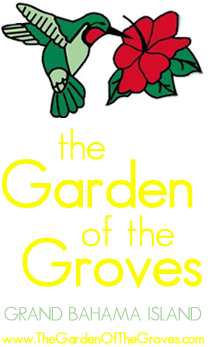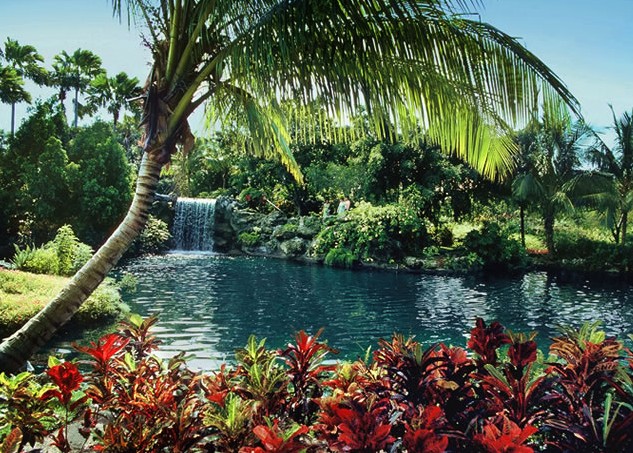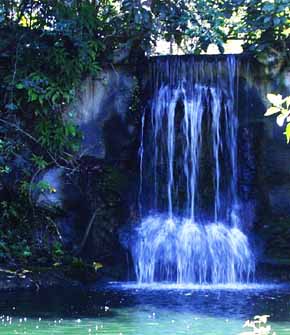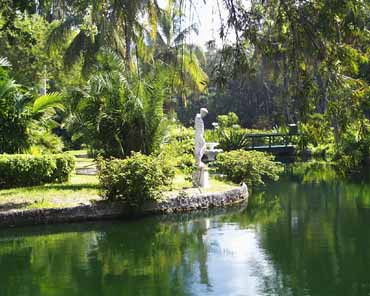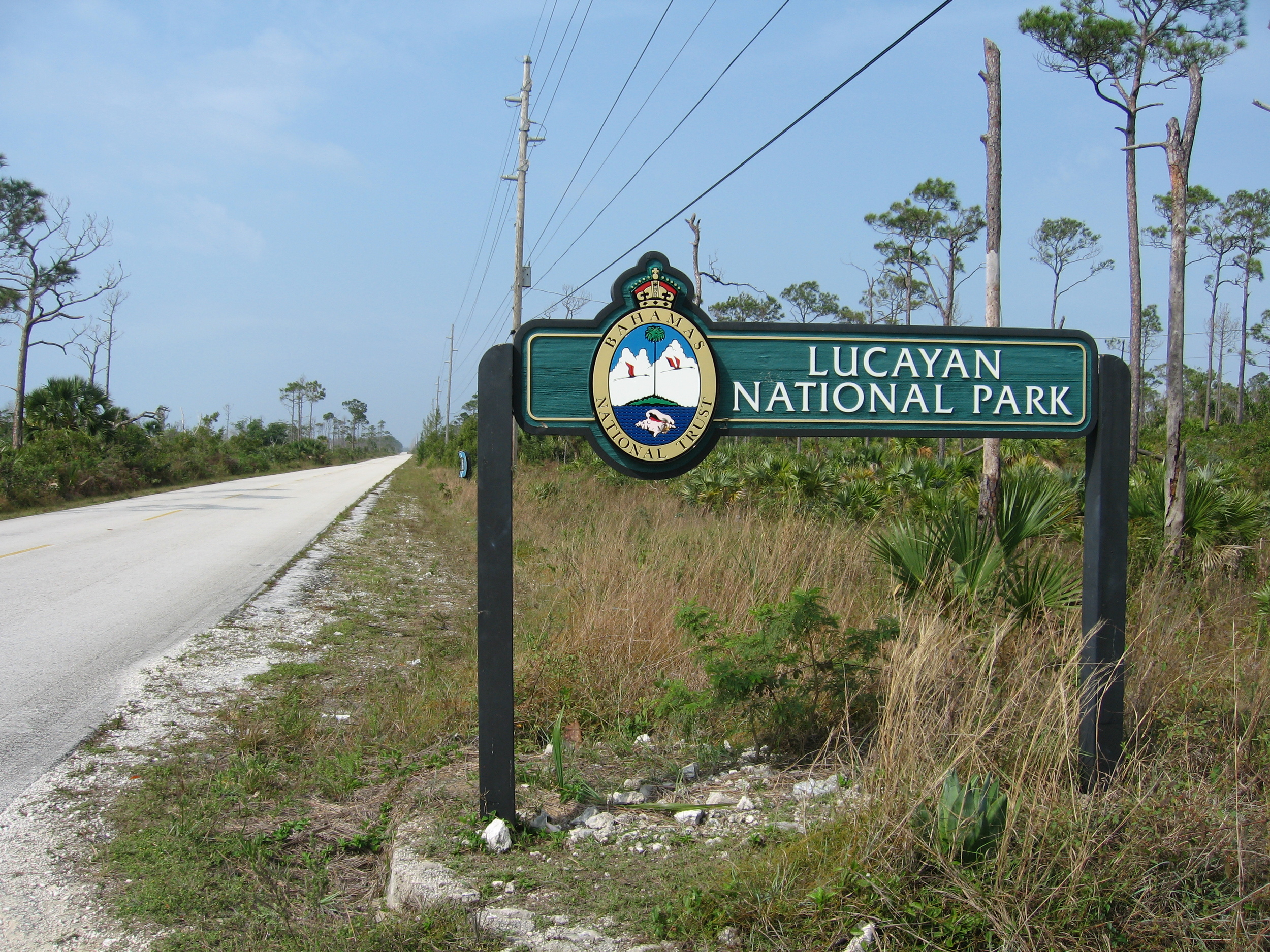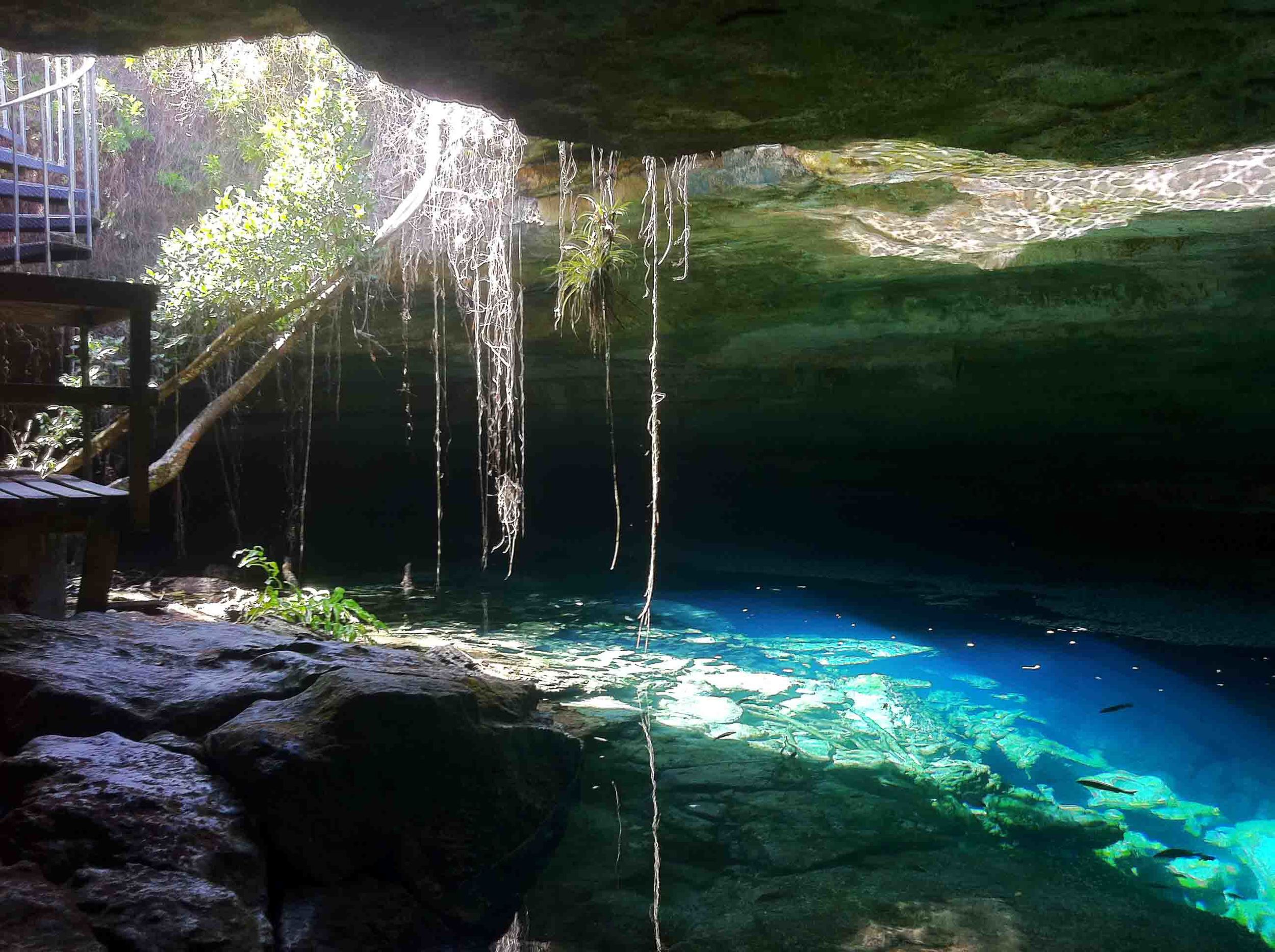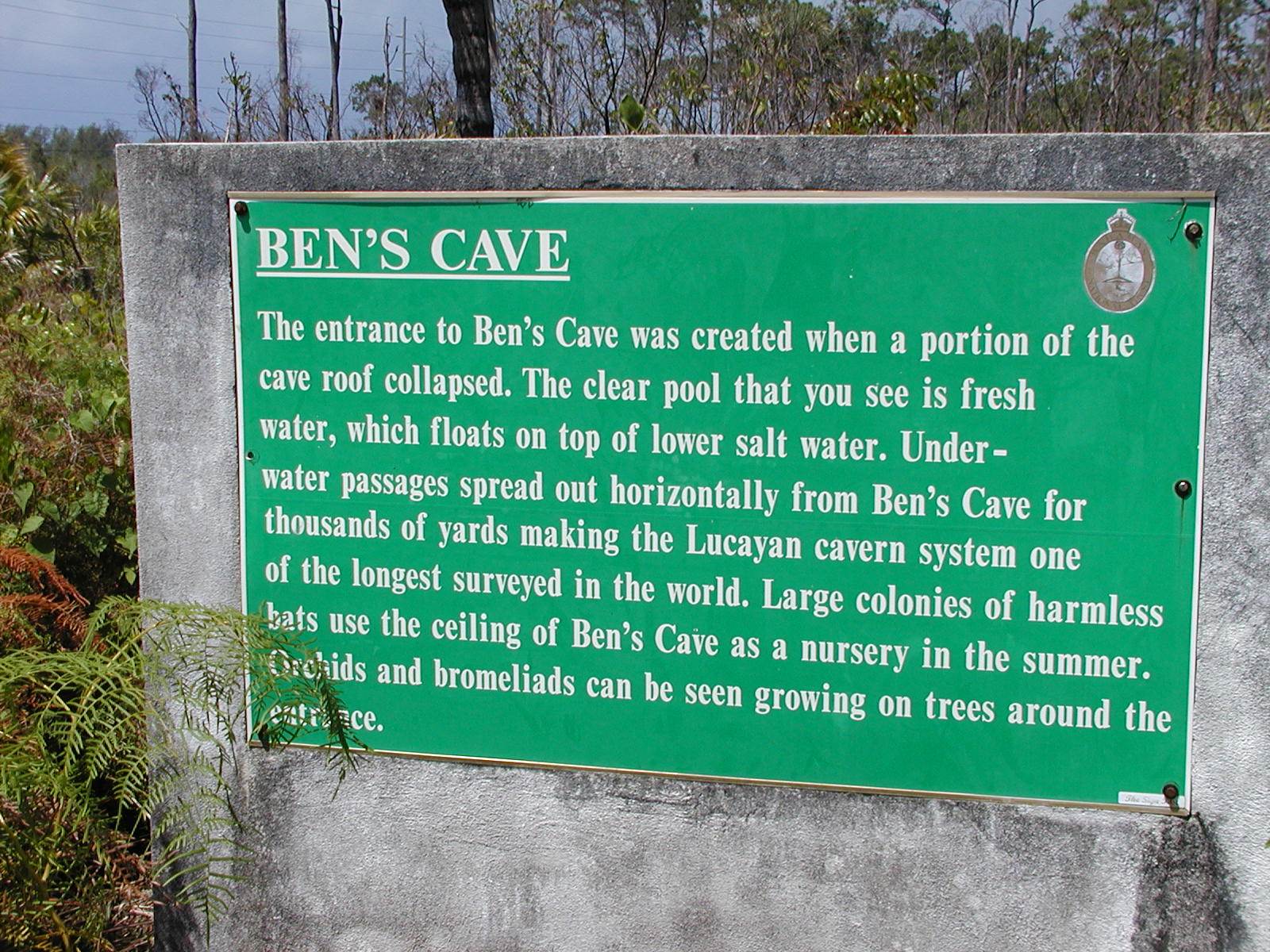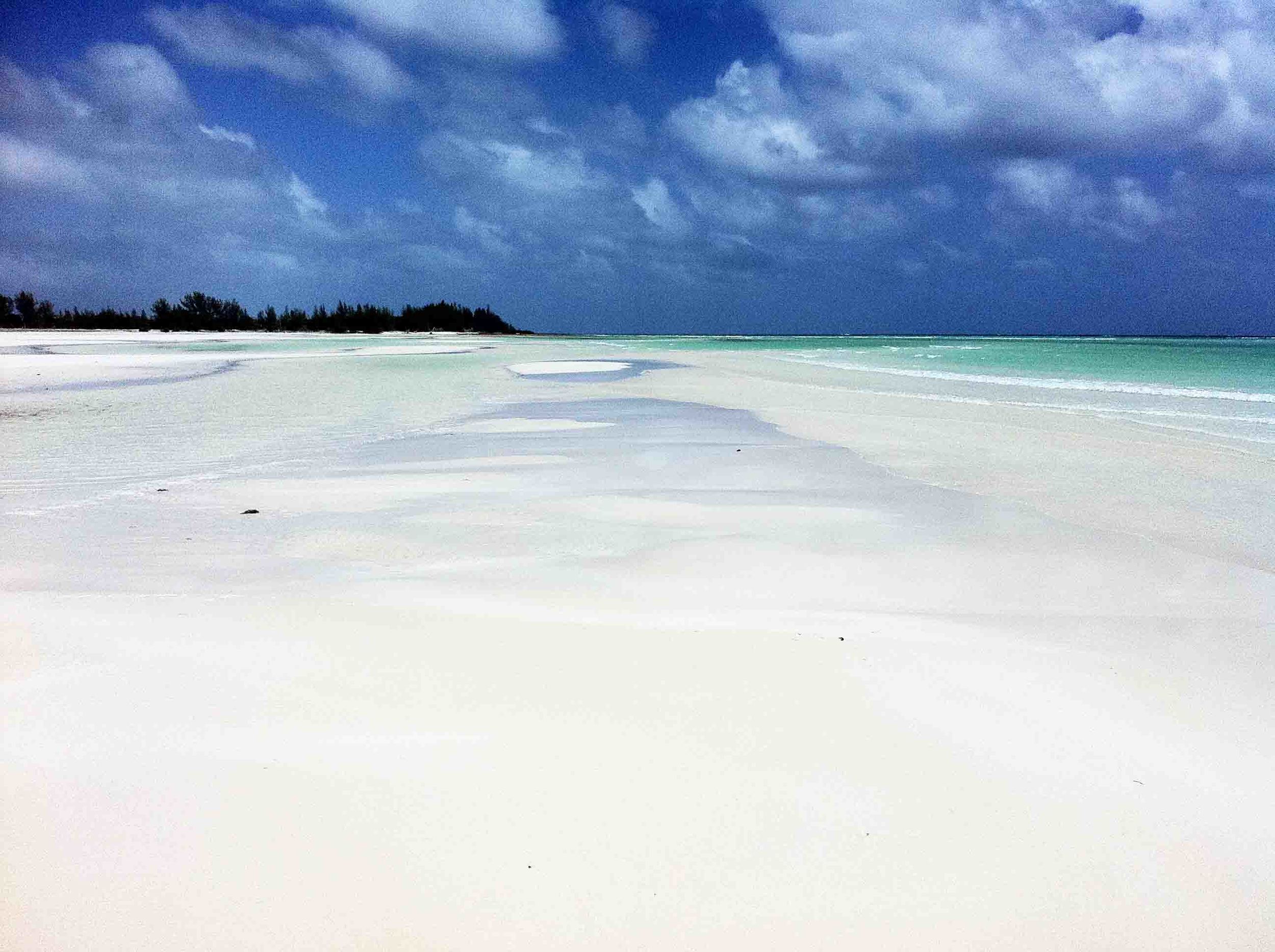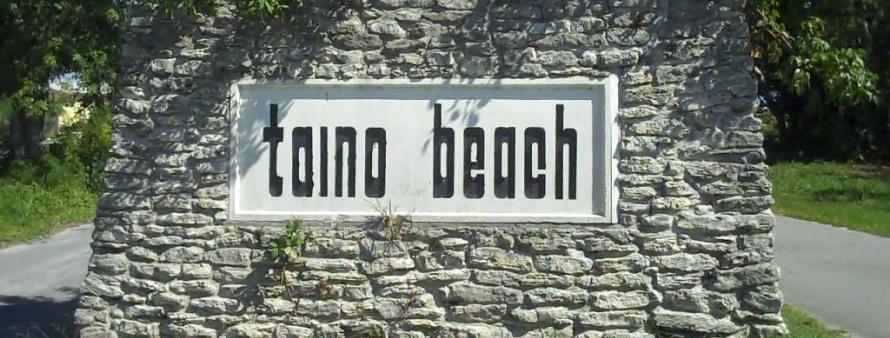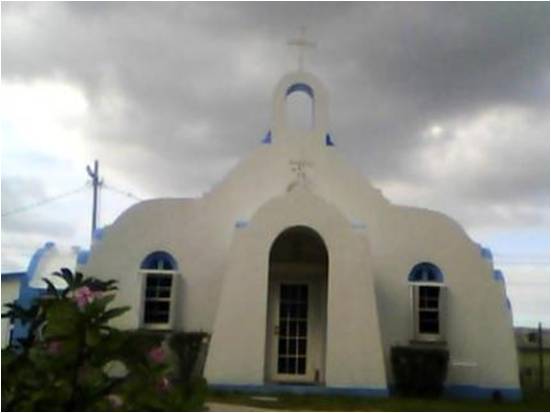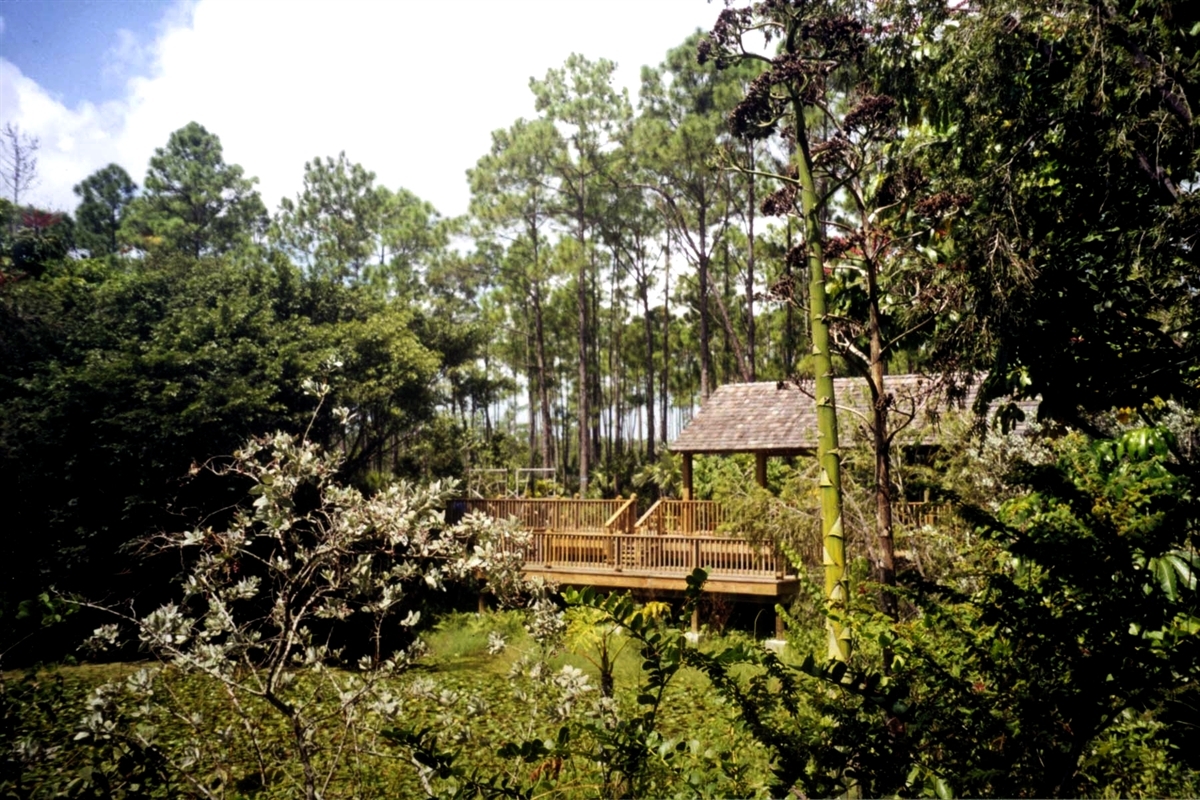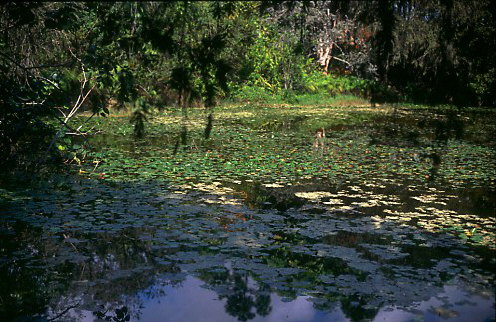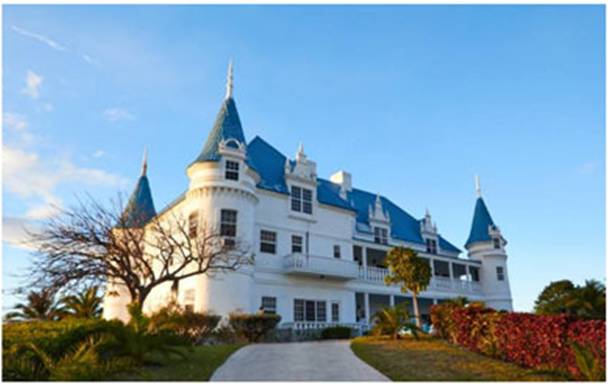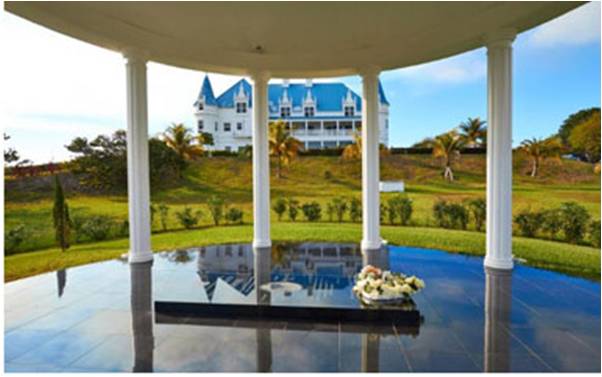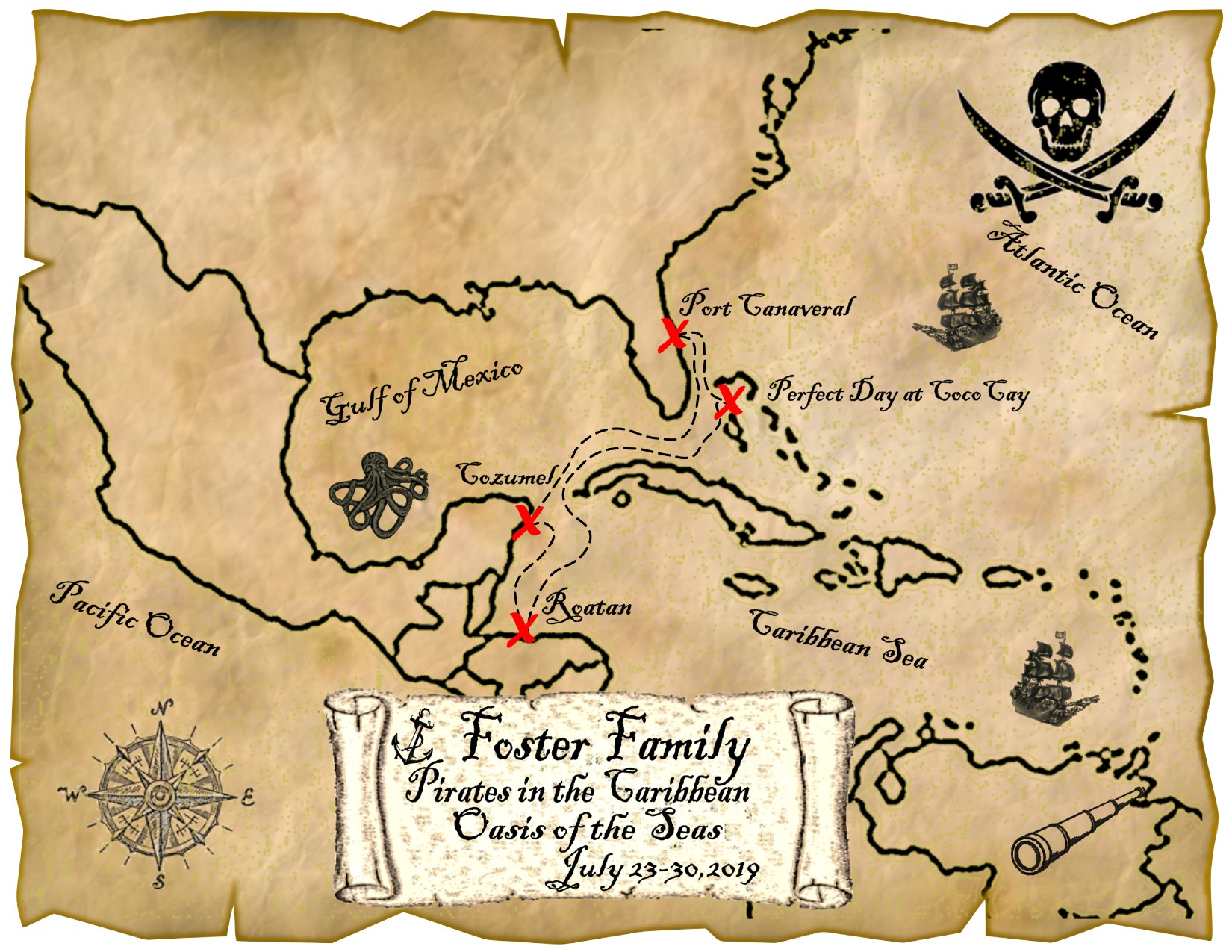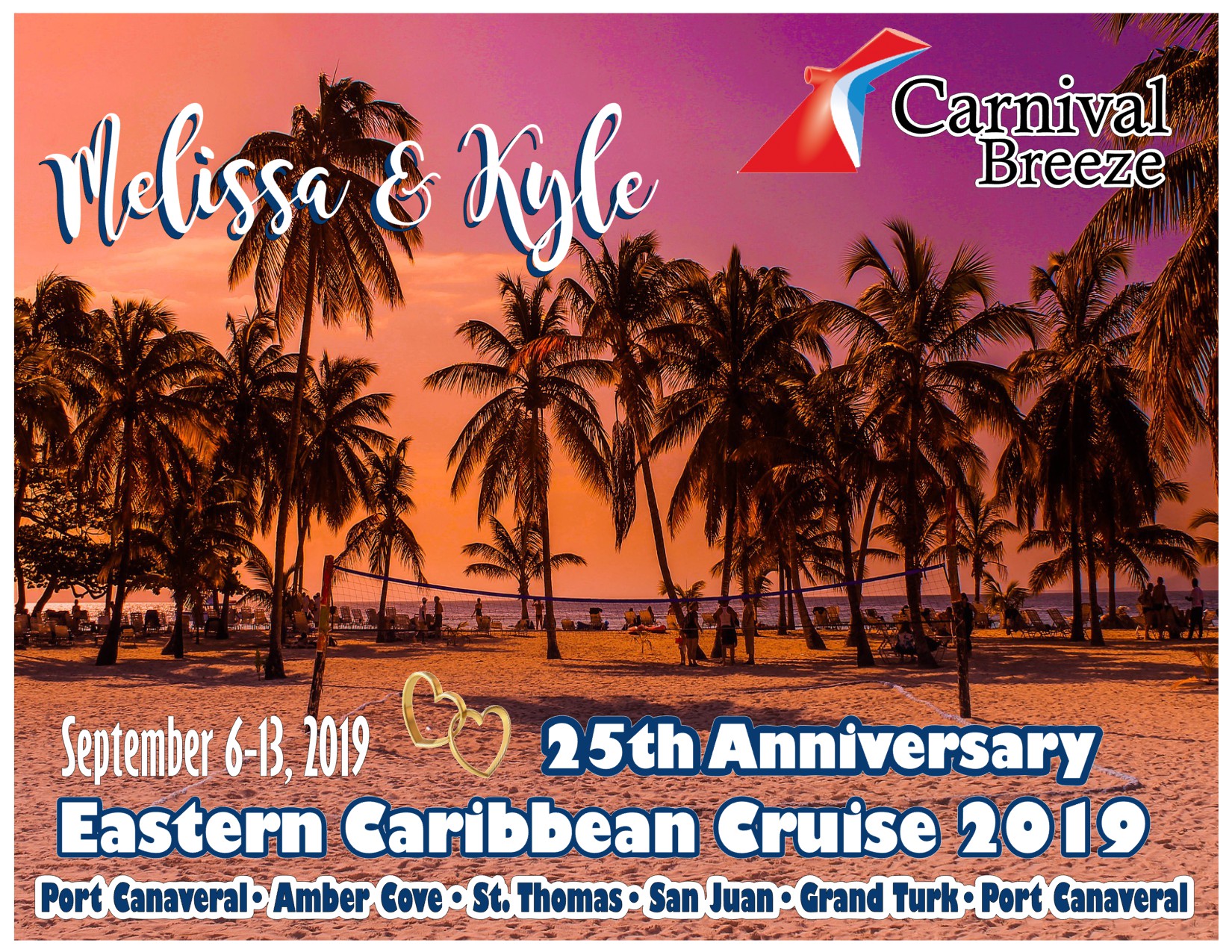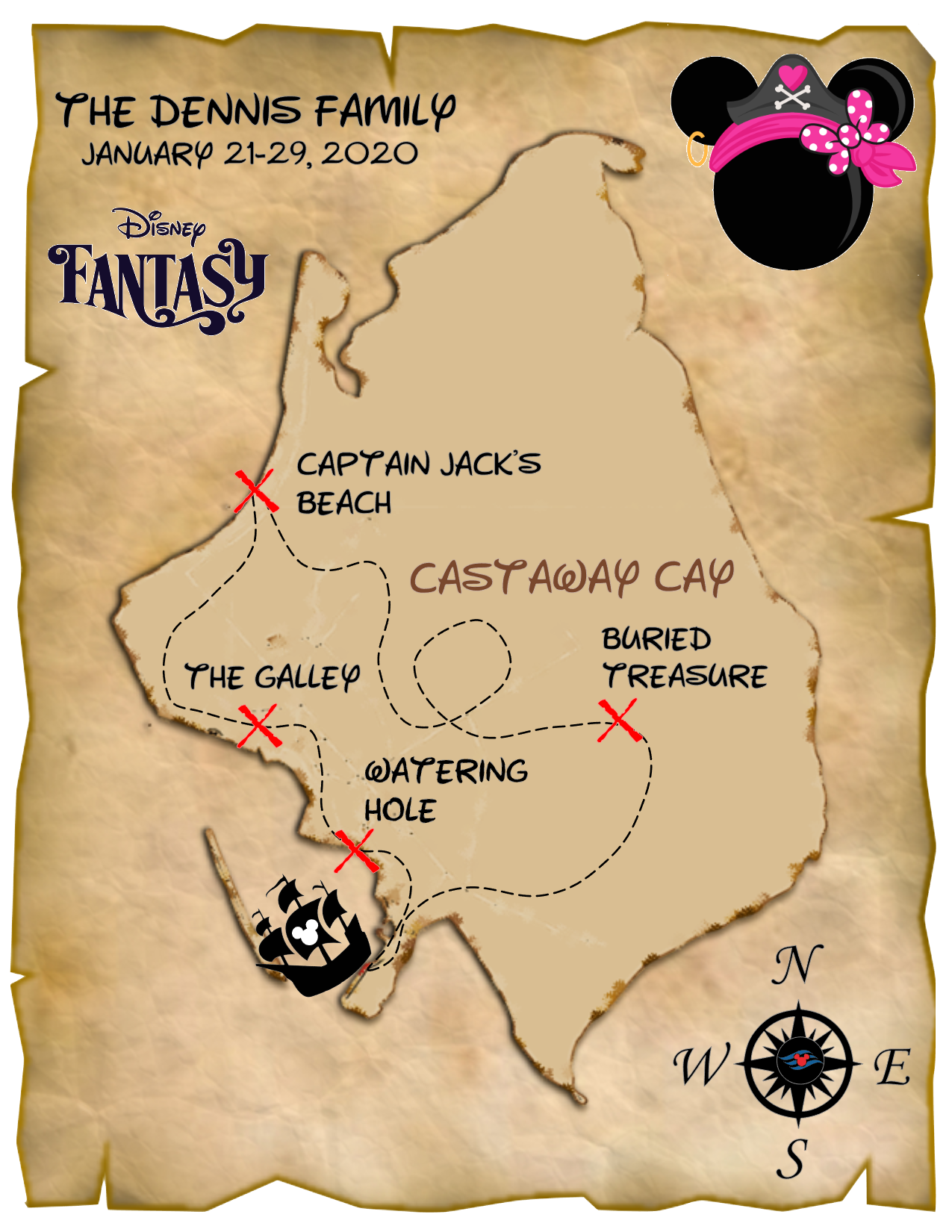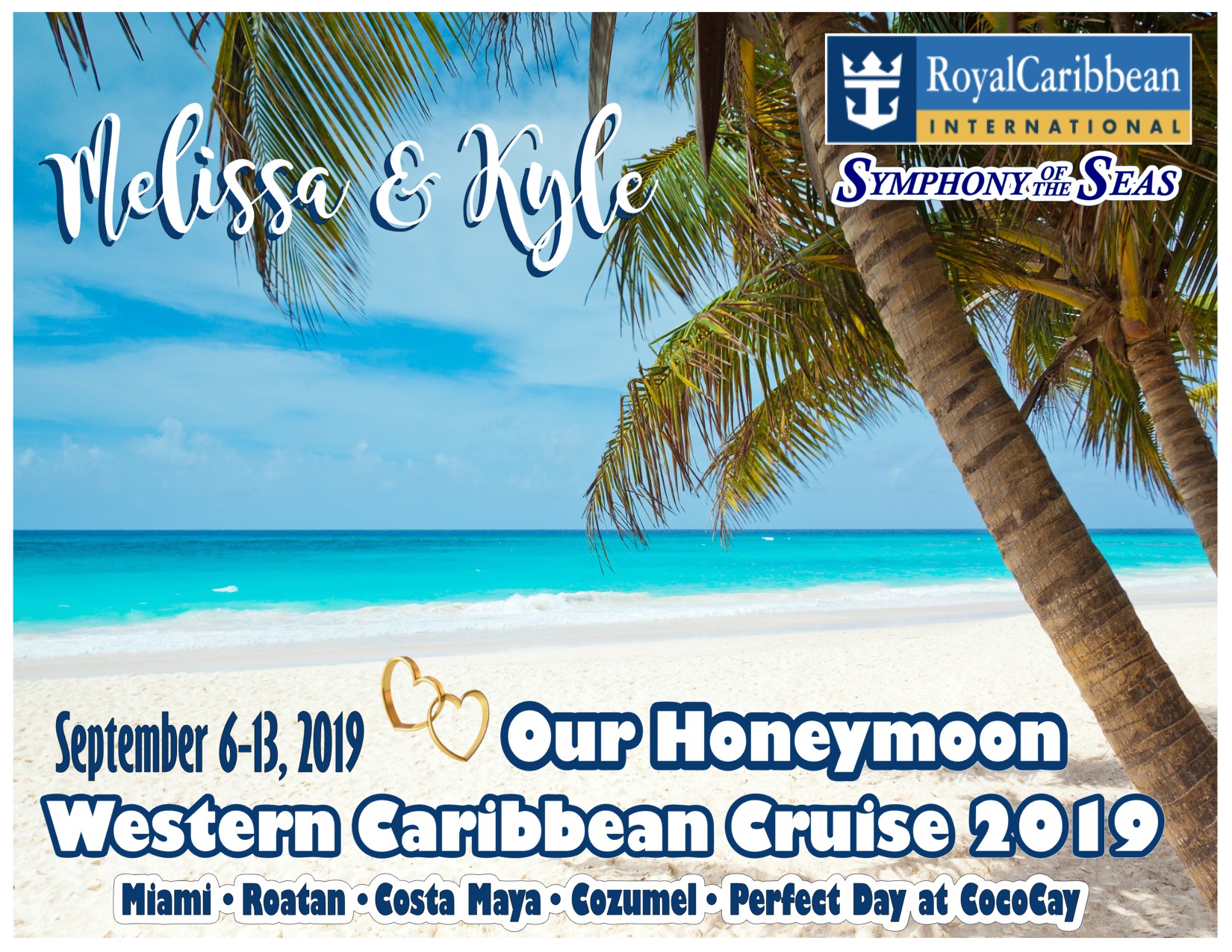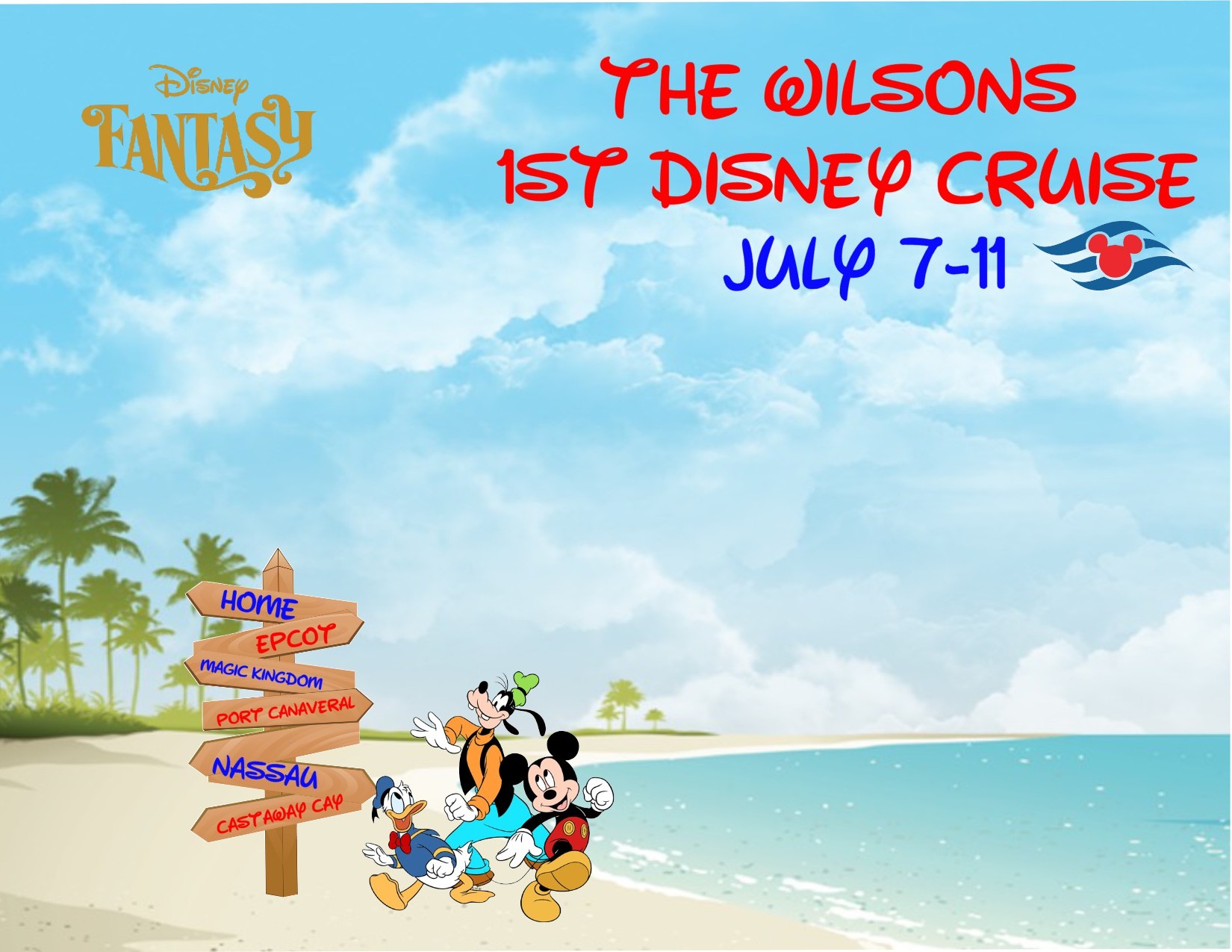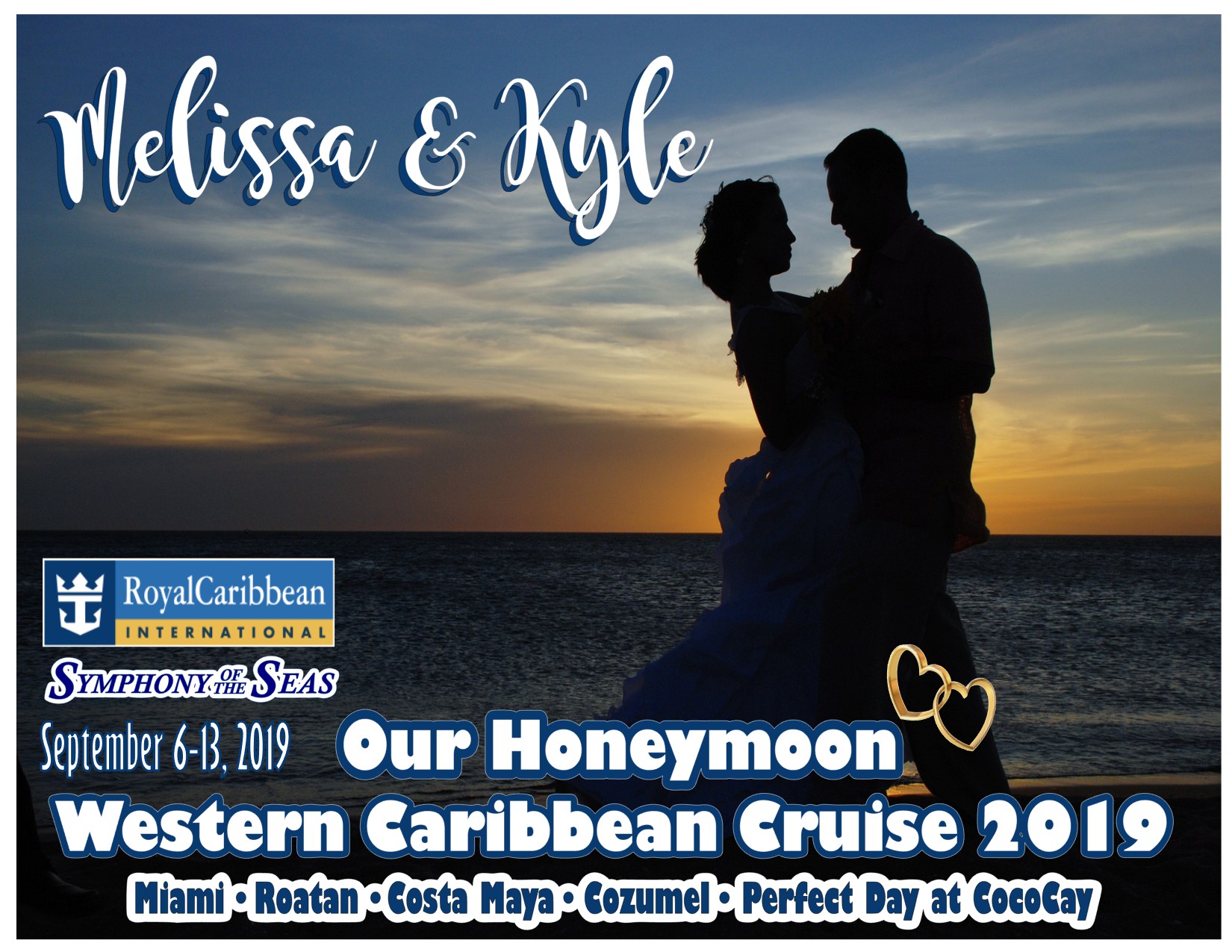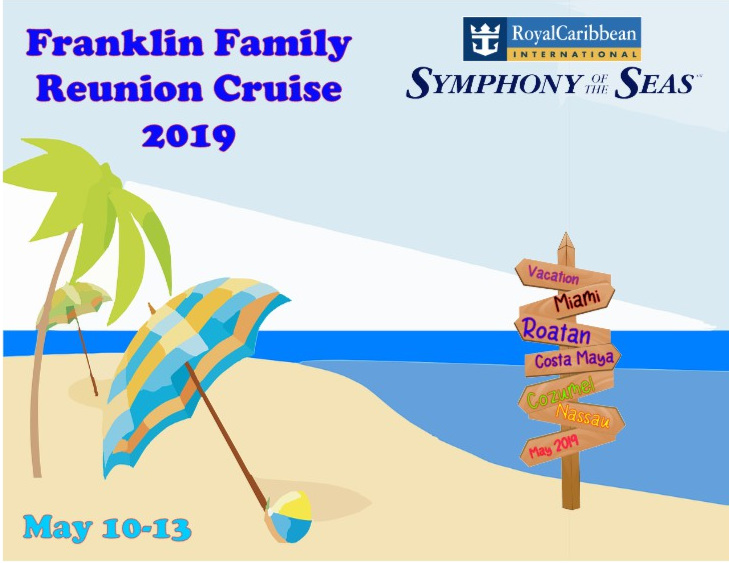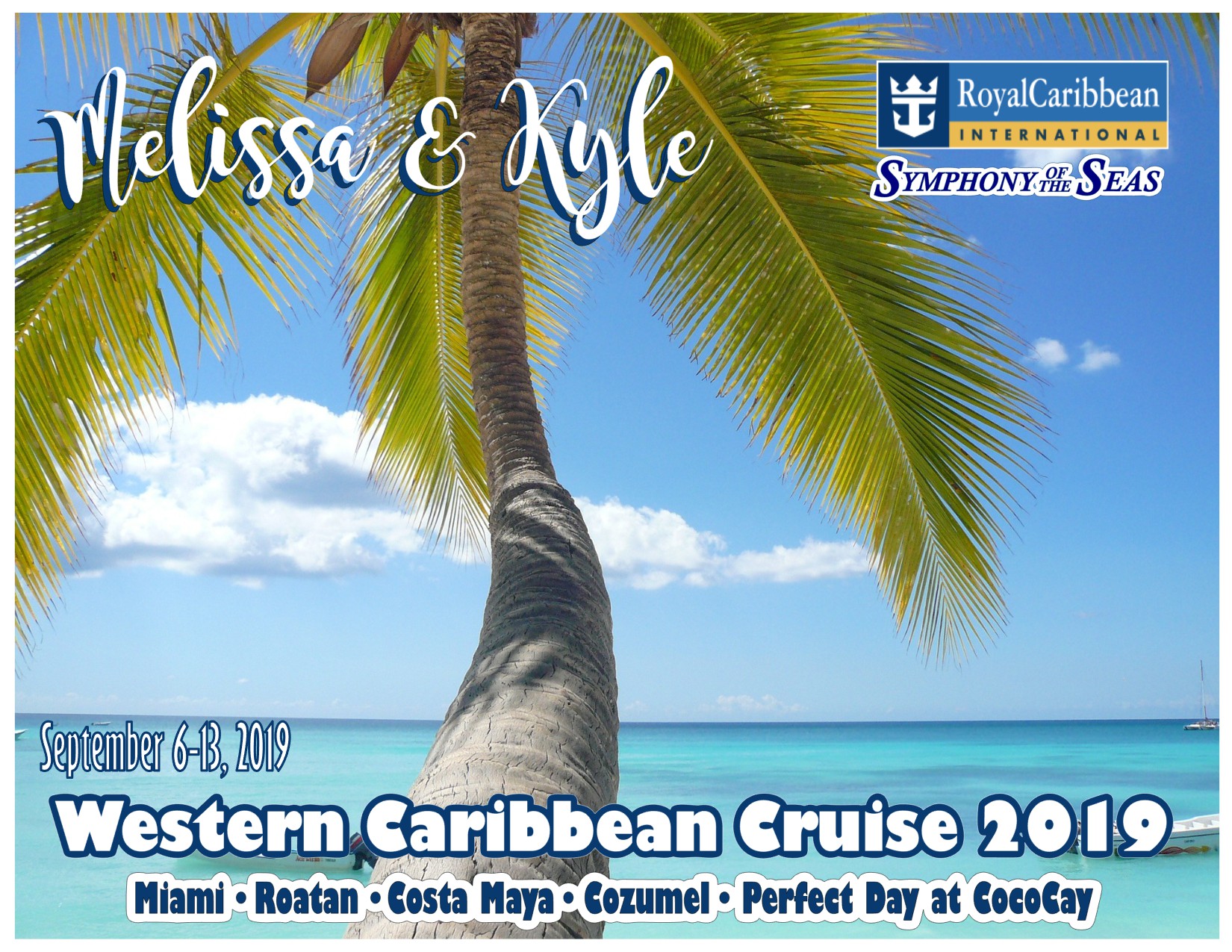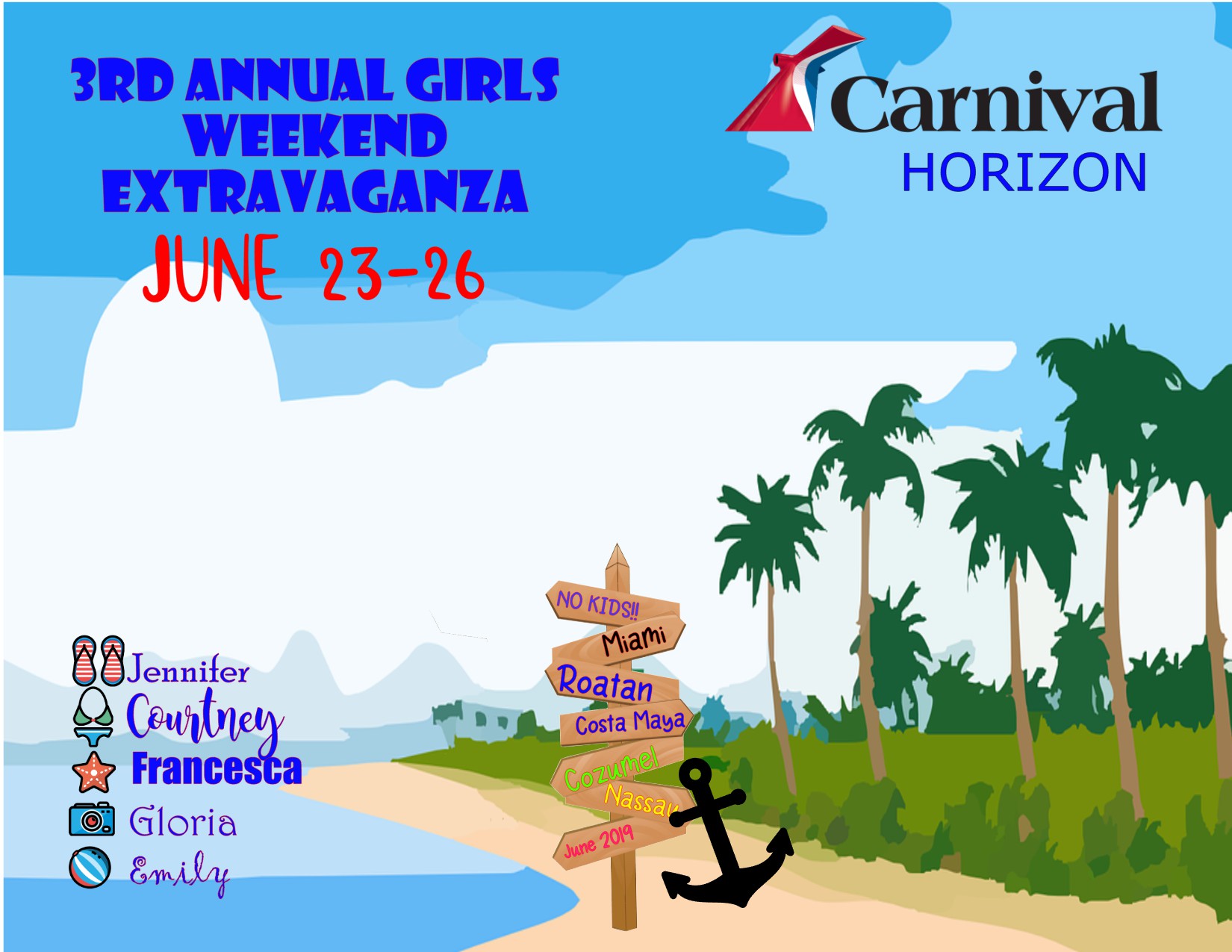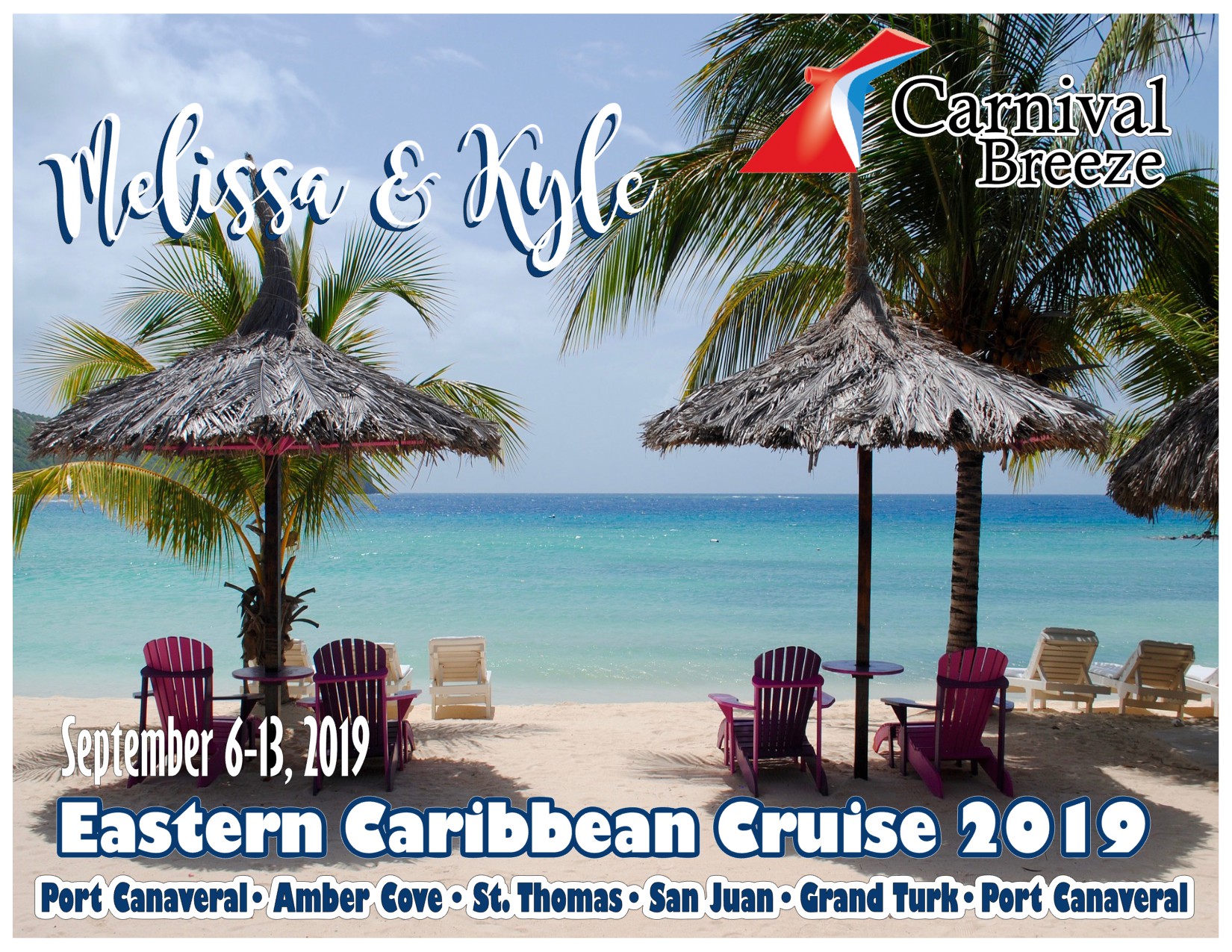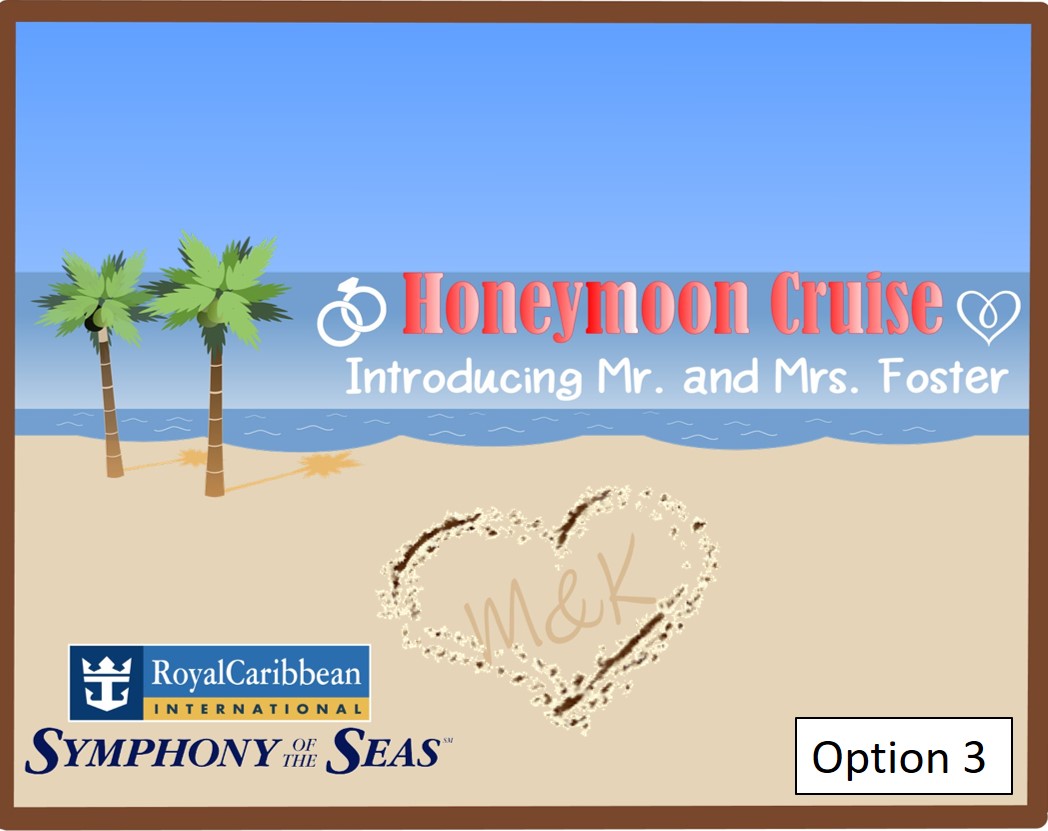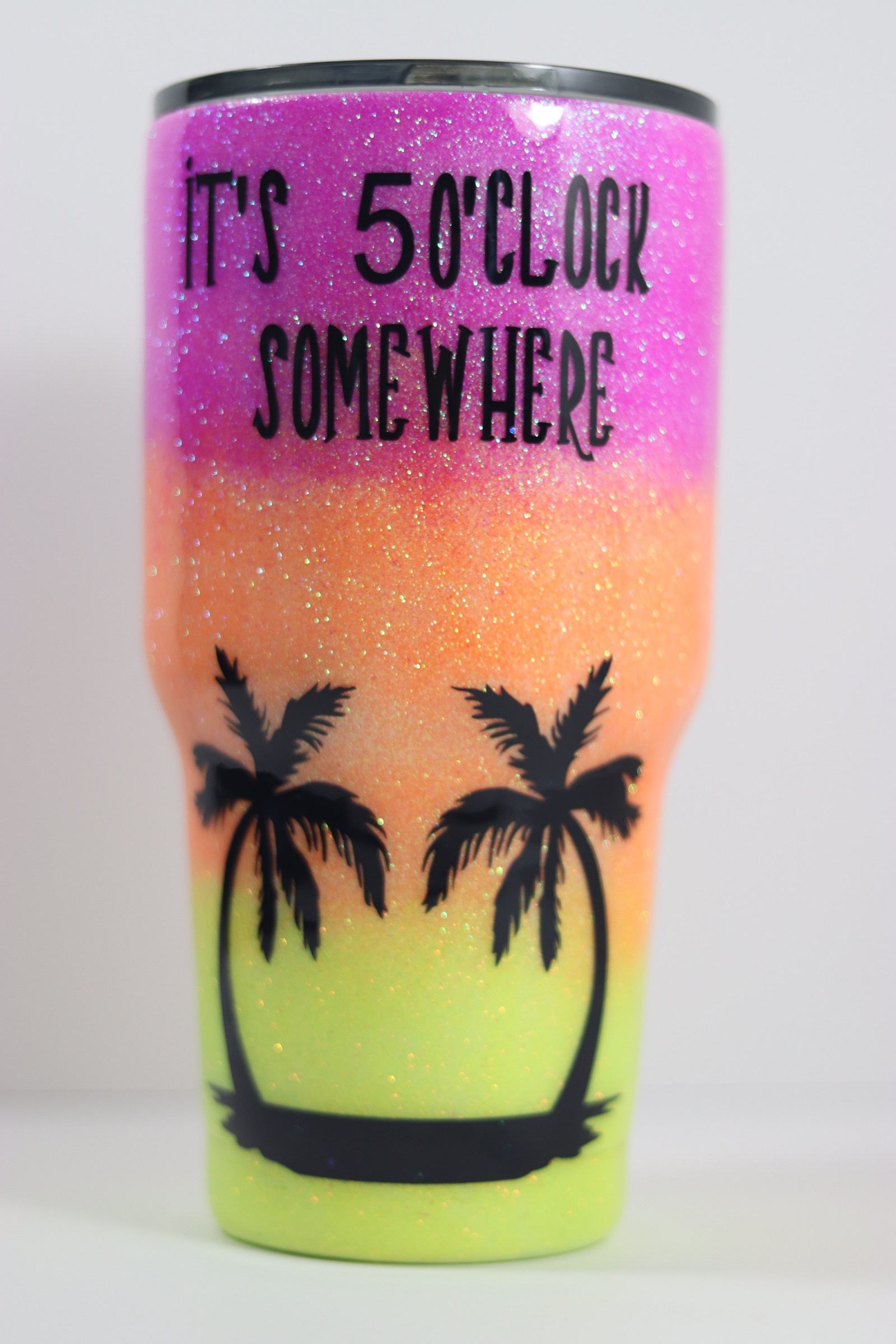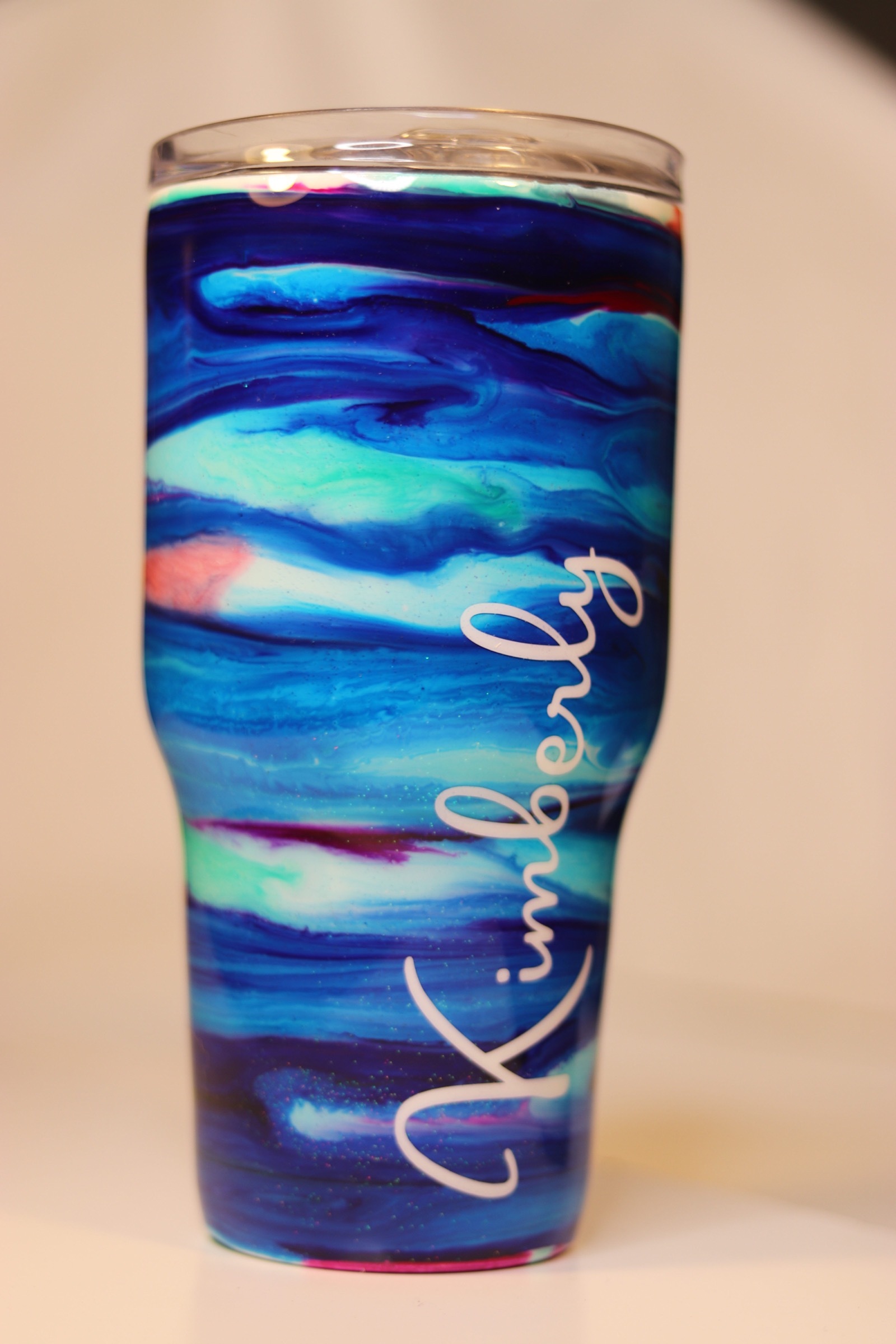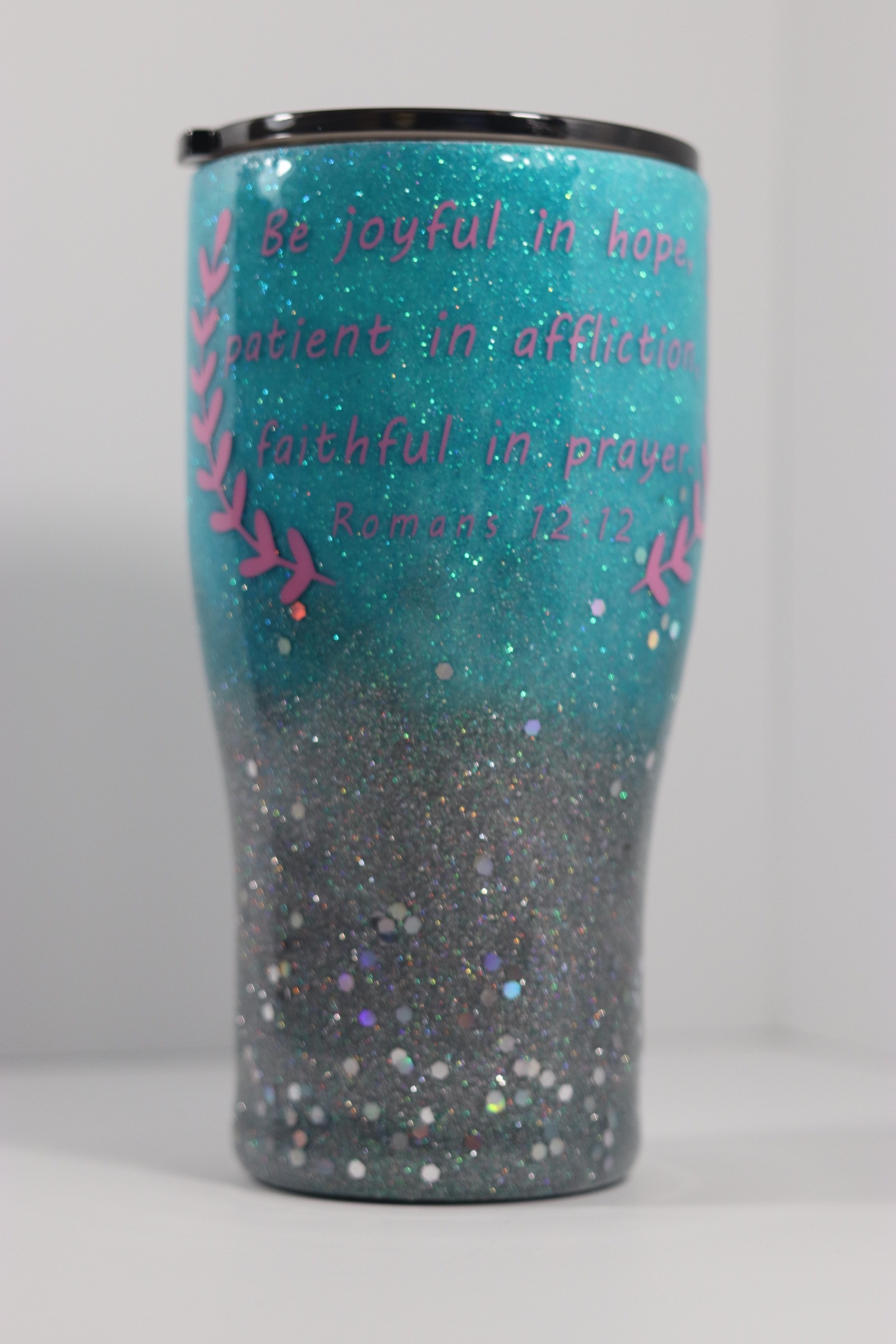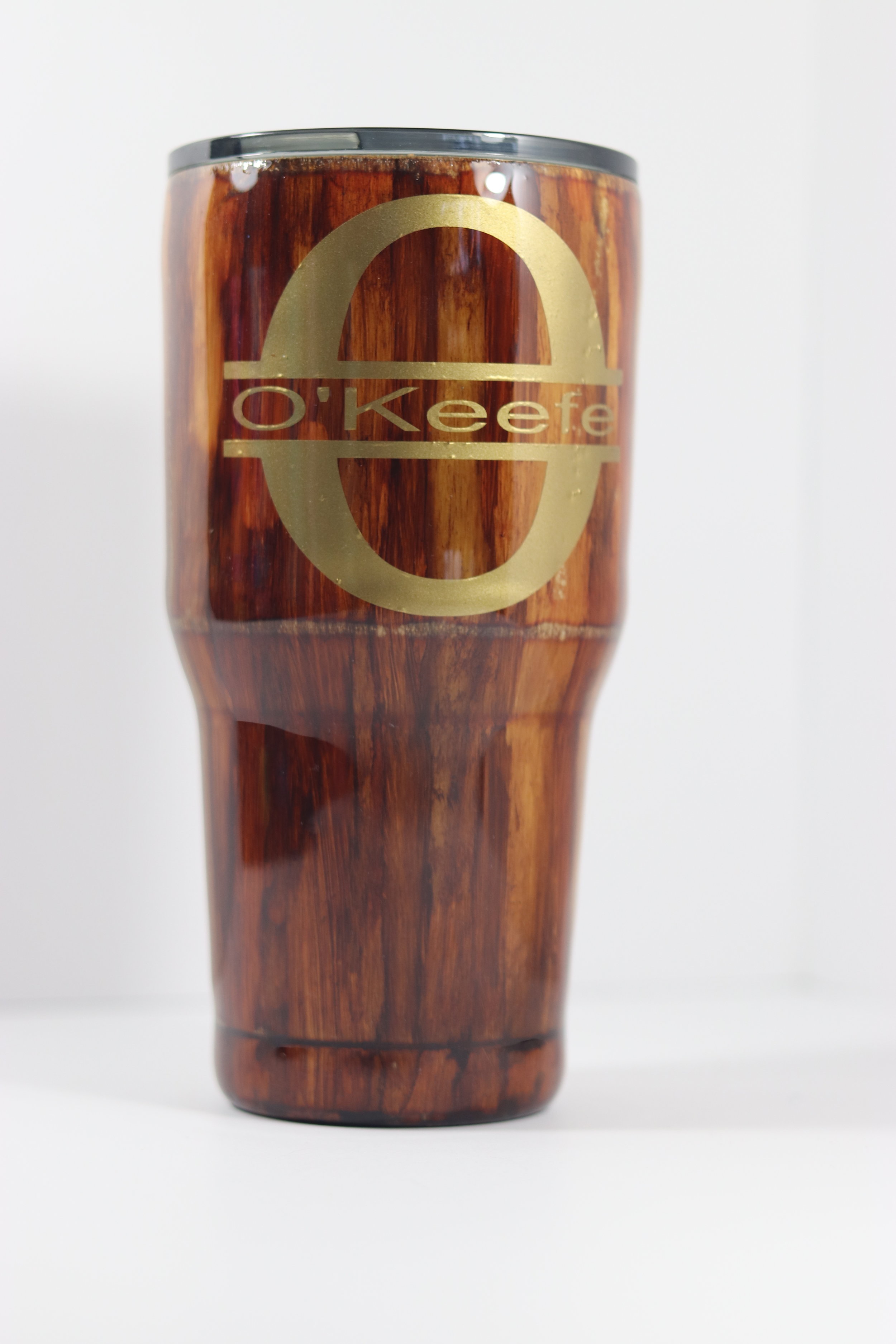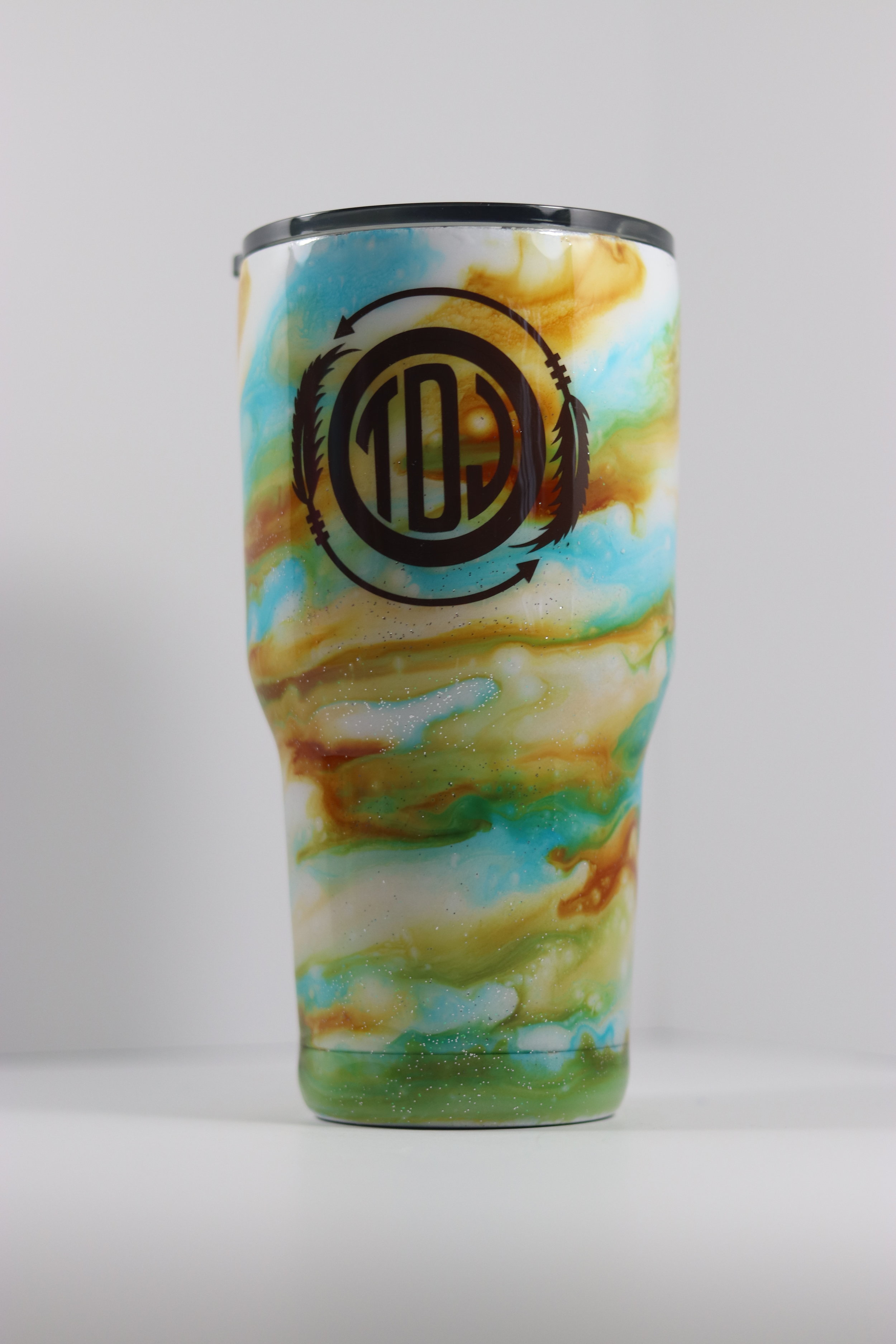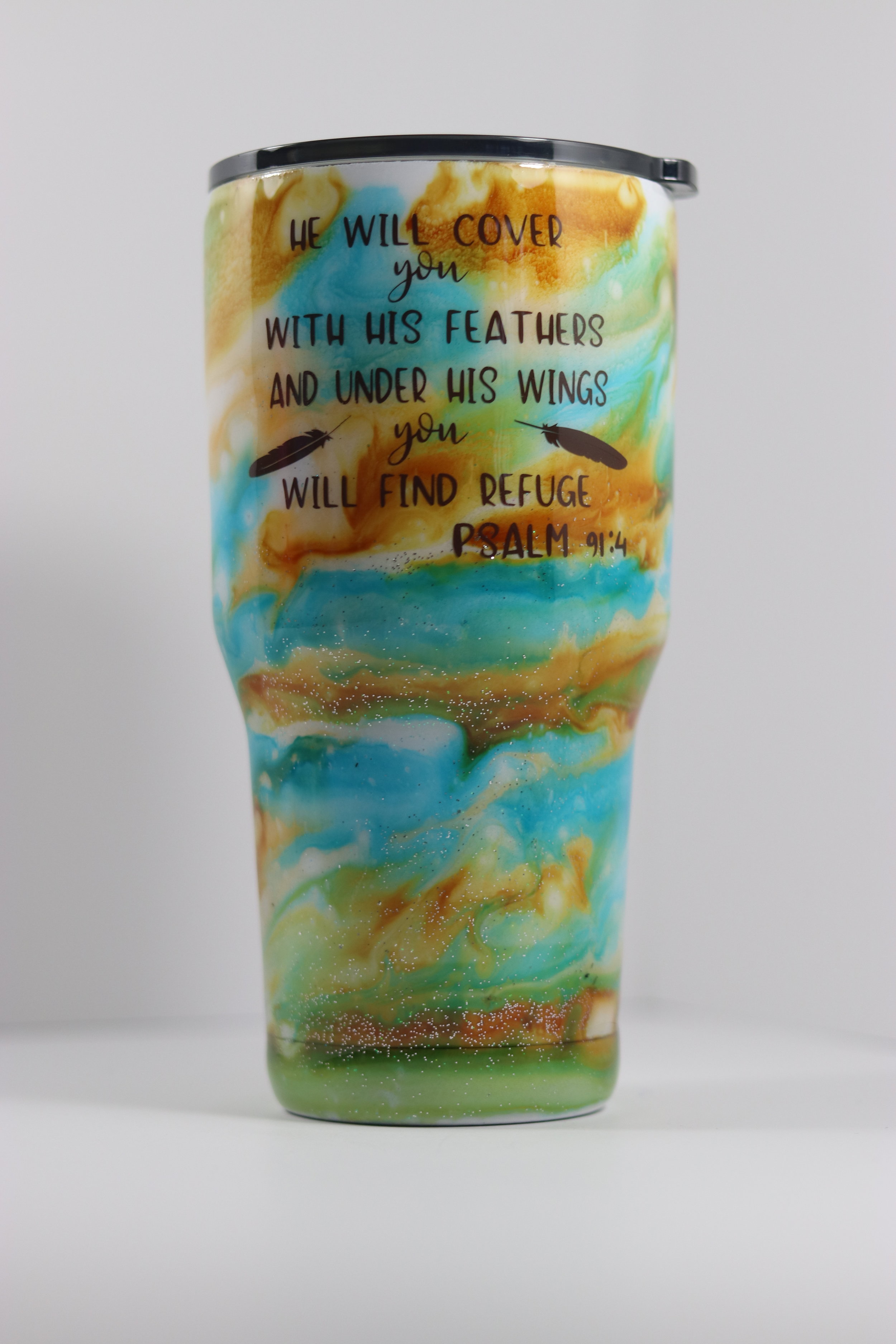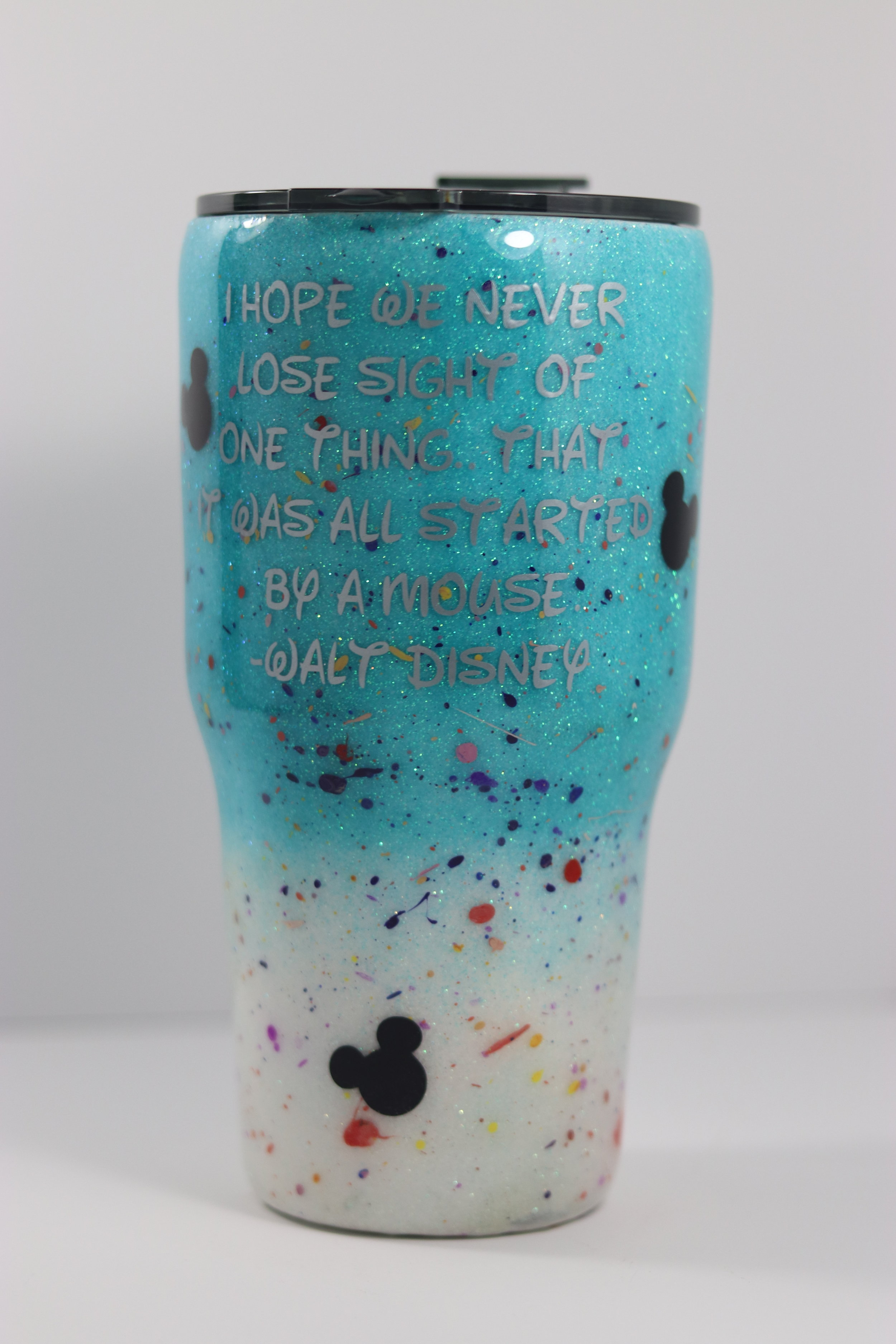Things To Do in Freeport
This is a list of activities in Freeport that can be done for little to no cost and without prior planning or reservations.
A 12-acre beautiful botanical garden with numerous birds, butterflies, scenic areas, nature trails, fountains and waterfalls. Garden of the Groves is Grand Bahama’s premier nature experience! Explore winding trails through lush vegetation, cascading waterfalls and sparkling fountains. Explore the Garden Shoppes, discover the sacred beauty of the Labyrinth and enjoy lunch or dinner at the Garden Café and Bar. Children can play at the newly expanded playground. At Garden of the Groves indigenous and migratory birds and butterflies sip nectar or take insects from the many flowers and shrubs that were newly planted to provide nectar, insects and berries for wildlife. Since the Garden was re-opened it has been certified as a Wildlife Habitat by the U.S. Wildlife Federation because the new operators are providing the four basic habitat elements needed for wildlife to thrive: food, water, cover, and places to raise young.
Hours of operation: 9:00 a.m. - 5:00 p.m., 7 days a week
Entry fee:
Adults $15
Children (12 and under) $10
Lucayan National Park
A 40-acre park with a 7-mile system of underwater limestone caves. The park features hiking trails, mangrove swamp as well as the beautiful and secluded Gold Rock Beach. Above ground it exhibits every vegetative zone found in the Bahamas. The cave system represents and important part of the both the natural and historic heritage of the Bahamas. It is a beautiful example of natural erosion and cave formation and several Lucayan graves were found in the vicinity. In March 1983, it was decided that the Lucayan National Park would be closed to all, except scientists and qualified divers who received permission from the Bahamian National Trust. This was done to allow the area to recover from the impact of man. The Lucayan National Park was reopened to the public in 1985.
In 1986 archaeologists discovered four skeletons of the indigenous Lucayans on the floor of one cave as well as artifacts in other areas of the Park – evidence of pre-Columbian settlement on Grand Bahama. The Lucayan National Park is named after these original inhabitants of The Bahamas. The Lucayans used the caves as a source of fresh water and as ceremonial burial places. Due to the low oxygen level found in caves, archeological remains are well preserved and have been found in some cave sites, including Burial Mound. The freshwater reservoirs found in the caves and blue holes are still highly important for island residents today.
Admission is $5 for adults, free for Bahamian residents and children under 12.
Taino Beach Park
The park at Taino Beach is a prized possession of the Freeport/Lucaya Council. The space has been leased from the Grand Bahama Port Authority for 99 years and has been developed into an area to be enjoyed by both Bahamians and visitors. The well-maintained facility is impressive and will appeal to persons from all walks of life. There are restroom facilities, playground equipment and sitting areas. A memorial to the late Chairman of the Grand Bahama Port Authority, Mr. Edward St. George, is prominently displayed in the park. A trail allows visitors to meander through the nature preserve and bird sanctuary and Grand Bahama's indigenous vegetation is highlighted along the trail.This attractive facility is the venue for a number of major events, including the annual Junkanoo Summer Festival. The Ministry of Tourism also hosts Tea Parties in the park as a part of the visitor experience in the People to People Program.
Grum Ma's House Cultural Center
This small house transformed into a cultural center rocks in a casual island way. They have lots of colorful and interesting Junkanoo Festival costumes to view. The guide shares a wealth of information about bush medicine and you can get a feel for old time Bahamian culture if you take an hour to visit the place. Its also next to St. Vincent De Paul Catholic Church east of the parking which is itself the first Catholic Church on Grand Bahama. The tour last about 35 to 45 minutes but we seek to accommodate our guests as much as possible. Guests will be introduced to hands on activities, Bahamian bush tea and Junkanoo among other aspects of the culture. There are historical aspects to this tour as well. Learn about our first Bahamians: the Arawaks, Lucayans and Tainos and the ancestors of our contemporary Bahamians. Donations are accepted to support the cultural center.
The Rand Nature Centre was established in 1968 by Mrs. Dorothy Rand in memory of her husband James Rand, an American inventor and philanthropist. The Nature Centre was created for the purpose of preserving an area of natural beauty, where visitors could enjoy Bahamian wildlife and flora and learn about the environmental education and research facility by its first Director, American Naturalist, Dr. Paul Fluck.
The Rand Memorial Nature Centre (RMNC) was constructed by the Colonial Research Institute (CRI) in 1969, and until 1990, was financially supported by this institution. Due to the limited resources of the Bahamian National Trust (BNT) it was decided that the RMNC needed to become self-sufficient and therefore the Centre needed to increase visitor numbers and increase contact with the general public of Grand Bahama. A 99 year lease was signed, conferring 100 acres of property owned by the Grand Bahama Port Authority to the control of the BNT in February 1992. The Bahamas National Trust assumed responsibility for the facility in 1991 and has continued the vision of its founders. Guided tours, school programs, animals exhibits and natural history displays are among the many environmental activities at the Centre. The Rand Nature Centre comprises 100 Acres of natural beauty near the heart of downtown Freeport, Grand Bahama. The Rand Nature Centre boasts a two thousand foot trail, which winds through natural coppice and pine barrens.
Cooper's Castle
A majestic blue and white castle that is located on the highest point on Grand Bahama Island is home to Dr. Hayward Cooper, one of the most successful businessmen in the Bahamas who owns the Bahamian pharmacy chain LMR Drugs. Cooper has lived on Grand Bahama for the entire 80 years of his life and used to work for the founder of Freeport, Wallace Groves. He is also an ordained minister and a published author. He has seen firsthand the changes in the Bahamas from before World War II until now. This castle also has the tomb of his recently deceased wife (2011) Doris Minette. The home is soon to be opened to tour for the public.
